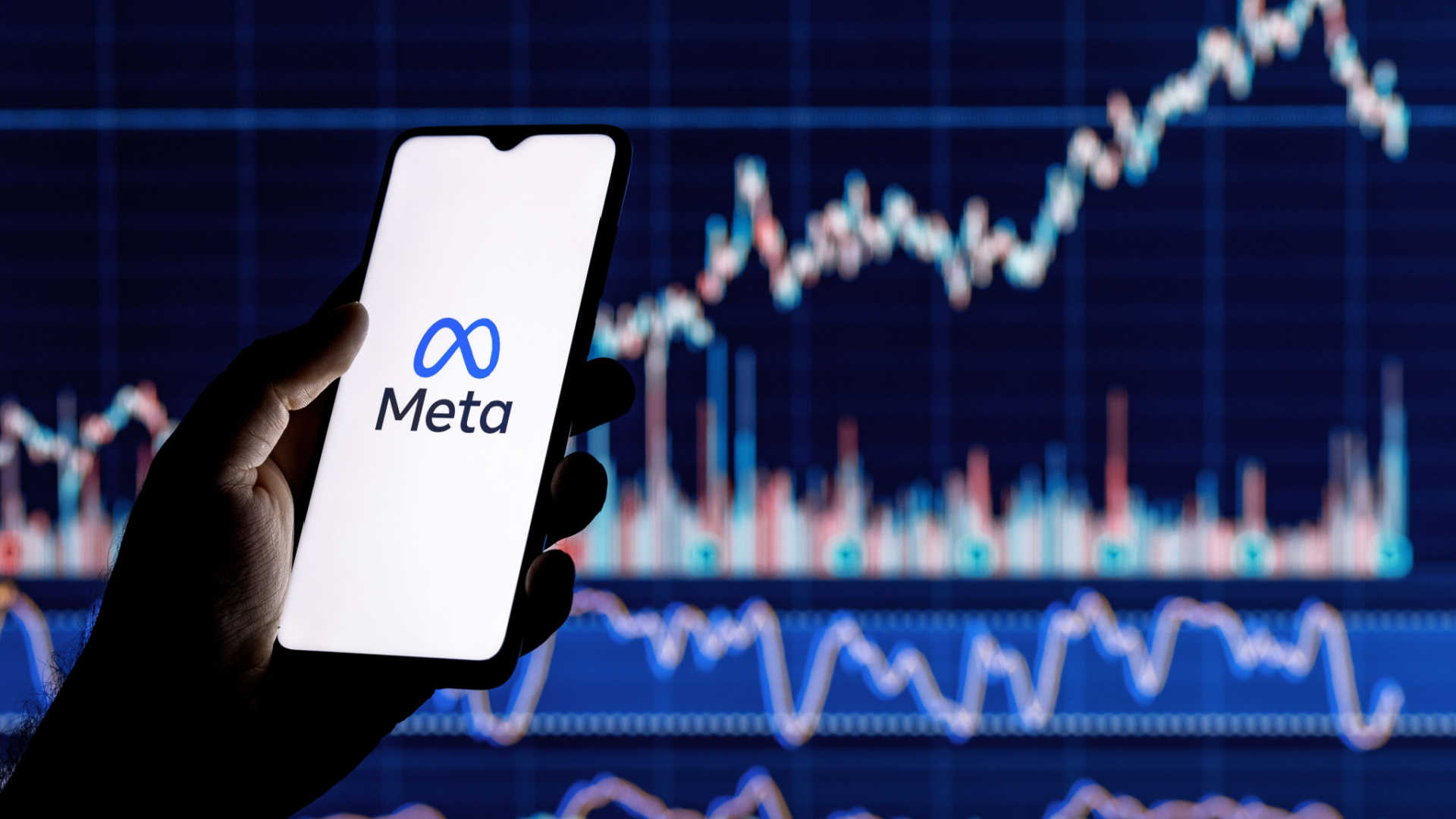Since the IOS-14 update, it’s become a challenge for many brands looking to scale Facebook ads profitably. In fact, if there’s one question we get asked ALL the time by potential clients looking to hire us as their agency, it’s “How do you manage to maintain a profitable return on ad spend (ROAS) while scaling your Facebook ad account?”
The answer is simple. We think outside the box. We’re a seasoned team with years of experience and have seen just about everything in the Facebook environment. We’ve spent millions of dollars testing various campaign structures AND remain disciplined in following Facebook’s ever-changing best practices and strategies. One of those strategies includes Meta Performance 5, which has helped us achieve profitable and better results for our clients.
So what is Performance Five?
In short, it’s a list of best practices for structuring ad campaigns in a way that allows advertisers to leverage Meta’s algorithms and automations. Rather than narrowing your audience targeting, Facebook wants you to go broader and instead focus your attention on strong creatives.
By prioritizing the creative, it can help to reduce overall traffic costs and other metrics like CPM and CPC. Additionally, it can drive more traffic to the website and lower your CPAs. Let’s dive into the 5 methods that the Evestar Media Buying team uses to support accounts with a variety of spend and time in business.
Performance 5 :
1 – Account Simplification :
- Meta recommends that advertisers consolidate their campaign structures so that they can leave the Learning phase as soon as possible. This requires simplifying campaigns; especially for advertisers who have poorly set up structures, budgets, etc.
Below is an example of a simple structure :
- Campaign 1 : Prospecting Top of the Funnel campaign
- Audience 1 : Broad (Within the correct Gender + Age)
- Audience 2 : Interest Based
- Campaign 2 : Retargeting Campaign
- All Purchasers
Social Engagers 90 Days
Email List from Klaviyo
Website Visitors 180 Days
- Campaign 3 : Retargeting DPA (Catalog Ad)
- 30 Days view content + Add to Cart but not purchased
- Campaign 4 : Testing Campaign ABO
- Broad Audience (Within the correct Gender + Age) – Once you find a winning ad set, add it to the main prospecting campaign and to retargeting as well.
BONUS: From our experience working with some of the industry’s top 100+ brands, we’ve discovered that clients with a lot of products (SKU’S) experience better results with campaigns specific to each individual product. When a mixed CBO campaign features too many products, Meta will choose only 1-2 ads which means the remaining ones won’t get impressions. As a result, we won’t be able to gather enough data about their performance or conversion rate, which is why we recommend testing this out.
Switching to simplified structures allows you to really harness the machine learning capabilities to generate better results for your ads.
2 – Content Creators and UGC
If you haven’t embraced UGC content for your account in 2022, you better start ASAP. The best way to increase engagement rate while also reducing your CPMs and CPCs is through relevant content! WIth content creators at the core of your ad’s success, there’s a reason why Meta launched the Creator Marketplace.
3 – Creative Diversification
When Evestar visited Meta headquarters to learn about the newest updates, we were told that Facebook was planning to shift their focus towards video Reels content. Meta actually encourages advertisers to run Reels by rewarding them with cheaper and better CPM’s. Despite already doing this for our clients, it shows that Facebook wants brands to diversify their creative portfolios and use different videos, sizes and so on.
4 – Conversion API Quality Check
After IOS 14 impacted pixel data tracking, Facebook responded by launching the Facebook Conversions API setup with Shopify. This created a direct and reliable connection between Meta and your marketing data. It helps optimize ad targeting and personalization, which decreases your cost per action and gives you a better measurement of your campaign results.
5 – Business Results Validation
Attribution hasn’t been the same since IOS14. Not only that, Facebook moved to a 7 day window attribution which now fails to track any purchase beyond those 7 days, resulting in poor ad performance and advertisers being unable to understand campaign effectiveness. As a result, more and more advertisers are pulling money out of Facebook and re-allocating it towards Google ads, Tiktok and even Pinterest.
This is why Meta introduced Conversion Lift, a tool that helps you understand the true, casual impact of your investment on the Facebook platform. The goal is to give you more data on the true long-term impact of the platform, beyond what you’ve been able to see in that 7 day attribution window.
By adopting these 5 key practices, you’ll be on your way to maintaining a profitable ROAS across your Facebook Ad performance. Want even more help in scaling your Facebook campaigns? Schedule a call with our team today.

